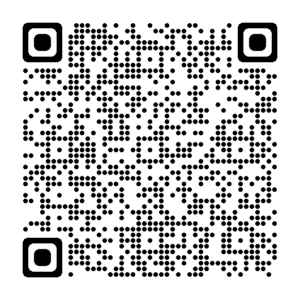Thank you for coming for breast screening
Read our guide below about our what to expect after your breast screening appointment.
You can also download a PDF version of this patient information by following the link on the right.
When will I get the results?
You’ll get a letter with your breast screening results within 2 weeks of your appointment. We’ll also send the results to your GP.
Occasionally women will need another mammogram before they get their results. Sometimes technical problems mean that the mammogram isn’t clear enough to read. If this happens,
we’ll ask you to have another mammogram to get a clearer picture of your breast.
Most women will have no sign of breast cancer.
In about 96 out of every 100 women screened, the mammogram will show no sign of cancer and don’t need need any further tests.
Cancer can still develop between mammograms. Remember to check your breasts and tell your GP straight away if you notice any unusual changes.
Further tests
The results letter may say you need more tests because the mammogram looks abnormal. About 4 in every 100 women are asked to come back for more tests after screening.
Out of these 4 women, 1 will have cancer. The rest will not have cancer and will get screening invitations every 3 years.
If you’re called back for more tests, you may have a breast examination, more mammograms and ultrasound scans.
You may also have a biopsy, where we take a sample from your breast with a needle and check it under a microscope. You’ll usually get your results within a week.
Breast changes
If you know how your breasts normally look and feel, it’s more likely you’ll spot any changes that could be signs of breast cancer.
Look out for:
- a lump or thickening in the breast
- a swelling or lump in the armpit
- a nipple change, for example, pulled back into the breast, changed shape or a rash that makes the nipple look red and scaly
- blood or another fluid coming from the nipple
- a change in how the breast feels or looks, for example, it may feel heavy, warm or uneven, or the skin may look dimpled
- a change in the size and shape of the breast
- pain or discomfort in the breast or armpit.
If you have any changes to your breast, make an appointment to see your GP straight away. You may not have cancer but if you do, being diagnosed and treated
at an early stage may mean you’re more likely to survive breast cancer.
Scan this QR code below to find out more about breast cancer signs and symptoms and how to check your breasts.

How can I help reduce healthcare associated infections?
Infection prevention and control is important to the wellbeing of our patients so we have procedures in place. Keeping your hands clean is an effective way of preventing the spread of infections.
You, and anyone visiting you, must use the hand sanitiser available at the entrance to every ward before coming in and after you leave. You may need to wash your hands at the sink using soap and water. Hand sanitisers are not suitable for dealing with patients who have symptoms of diarrhoea.
More help or advice
Contact our patient advice and liaison service (PALS) on 01296 316042 or bht.pals@nhs.net
About our patient information
We aim to make the information as up to date and accurate as possible, but please note that it’s subject to change. You must always check specific advice on any concerns you may have with your doctor.
Contact us
01494 426109 / 01494 426228
